10 Tips for Identifying Quality Furniture
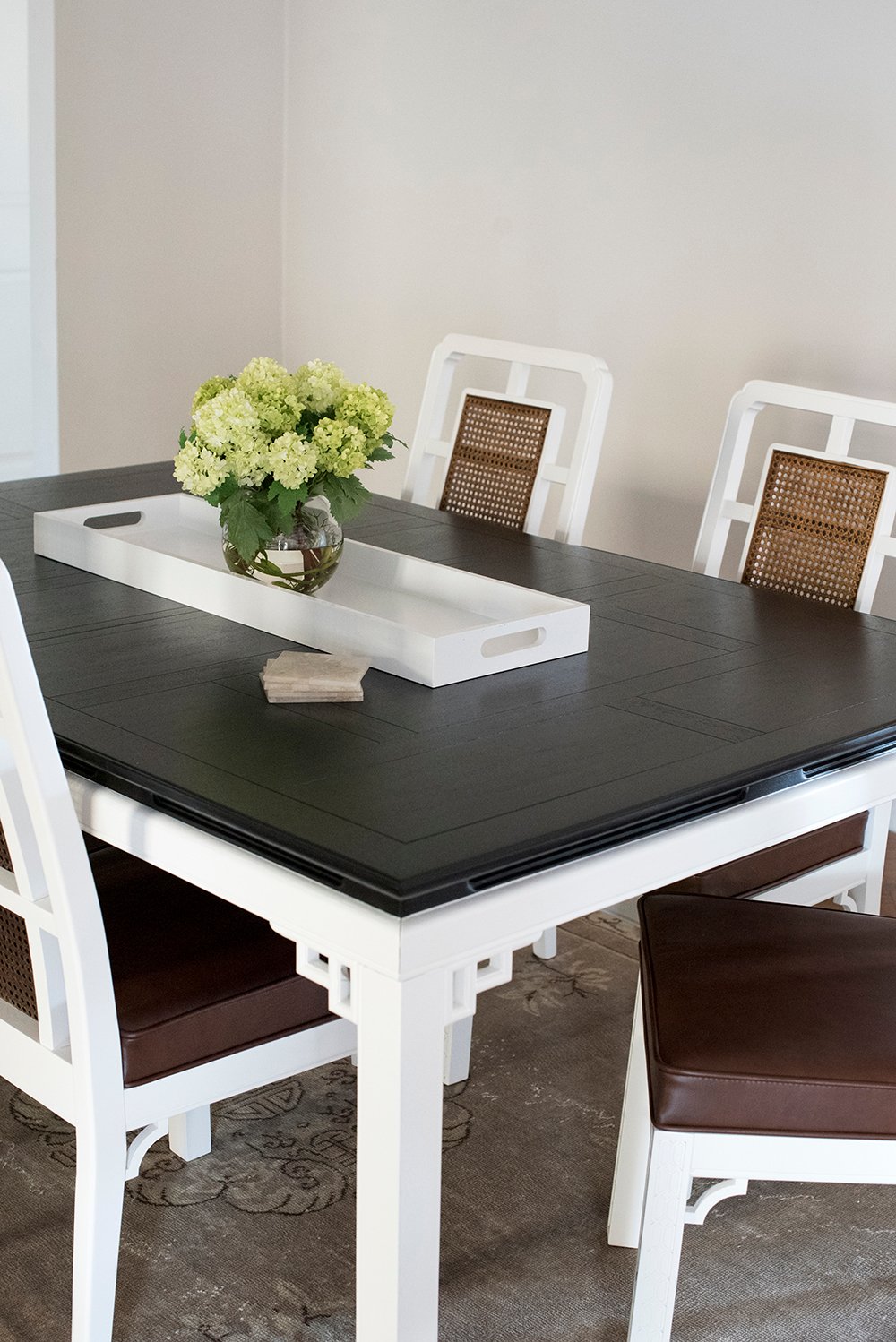 Happy Tuesday! Whether you’re thrifting or investing in new furniture, it’s always helpful to understand what classifies as high quality, durable, or well-made furniture. Today I wanted to share 10 tips for identifying quality furniture, so you know what to look for, what to avoid, and can make informed purchases when it comes to your future furnishings. I hope it’s helpful! You know the drill… click through or save this one for later.
Happy Tuesday! Whether you’re thrifting or investing in new furniture, it’s always helpful to understand what classifies as high quality, durable, or well-made furniture. Today I wanted to share 10 tips for identifying quality furniture, so you know what to look for, what to avoid, and can make informed purchases when it comes to your future furnishings. I hope it’s helpful! You know the drill… click through or save this one for later.
Since I’ve been thrifting lately, I’ve been getting more messages from people wondering why I passed on a specific object. The majority of my furniture answers looked something like this, “Unless it’s something really amazing, Emmett & I don’t need another project right now.” While Emmett can fix just about anything, I actually think a great skill to have is knowing when to walk away. It’s also nice to know how much time, money, and storage space you have to invest in a piece. A big part of that thought process for me is knowing if a piece of furniture is worthy of our time, energy, and budget. Alternatively, if you’re buying new furniture- these tips are also relevant. Quality furniture building and construction hasn’t changed much over the years, so hopefully this post will help you recognize the good from the bad! Ready?
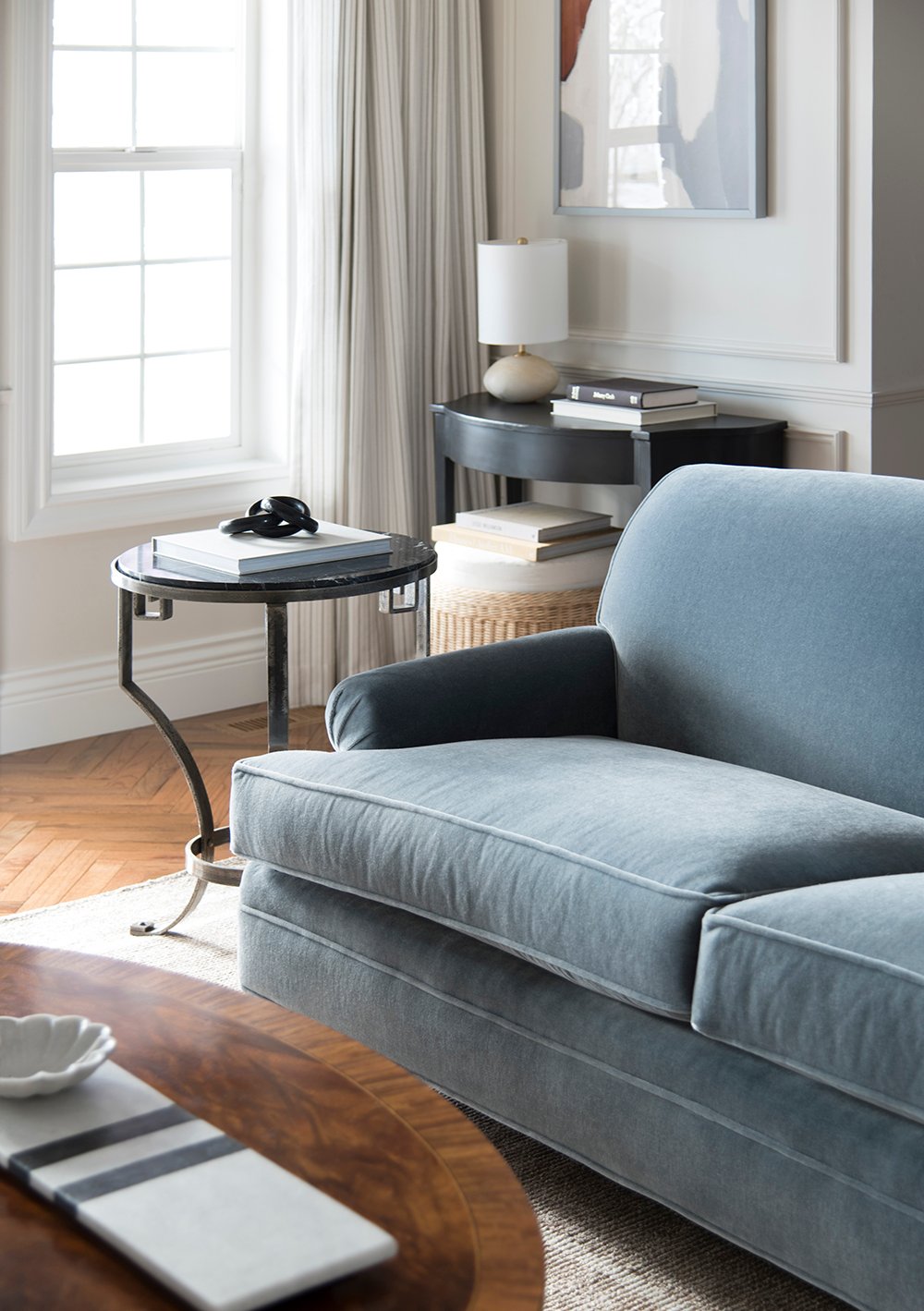
#1 // The Initial Strength Test
Aside from checking furniture to see if it’s wobbly or sturdy, there are definitely things you can look for to determine its quality… but first- you really should check to see how stable a piece is. Apply pressure to the furniture to see if it wobbles, twists, creaks, and is level. If it’s a sofa or chair, you can also sit on it to test the comfort and construction.

#2 // Analyze Materials
Not all “wood furniture” is created equal. At first glance, you may assume a piece is wood, only to discover it’s laminate, particle board, or composed of a composite material. Obviously a solid wood or veneer (thin sheets of real wood) is optimal. Real wood pieces can always be sanded and refinished, as opposed to particle board, laminate, composite materials, MDF, or thin plywood. The same goes for being able to spot other high quality materials as well- real stone versus faux, real brass versus a cheap coating, etc.
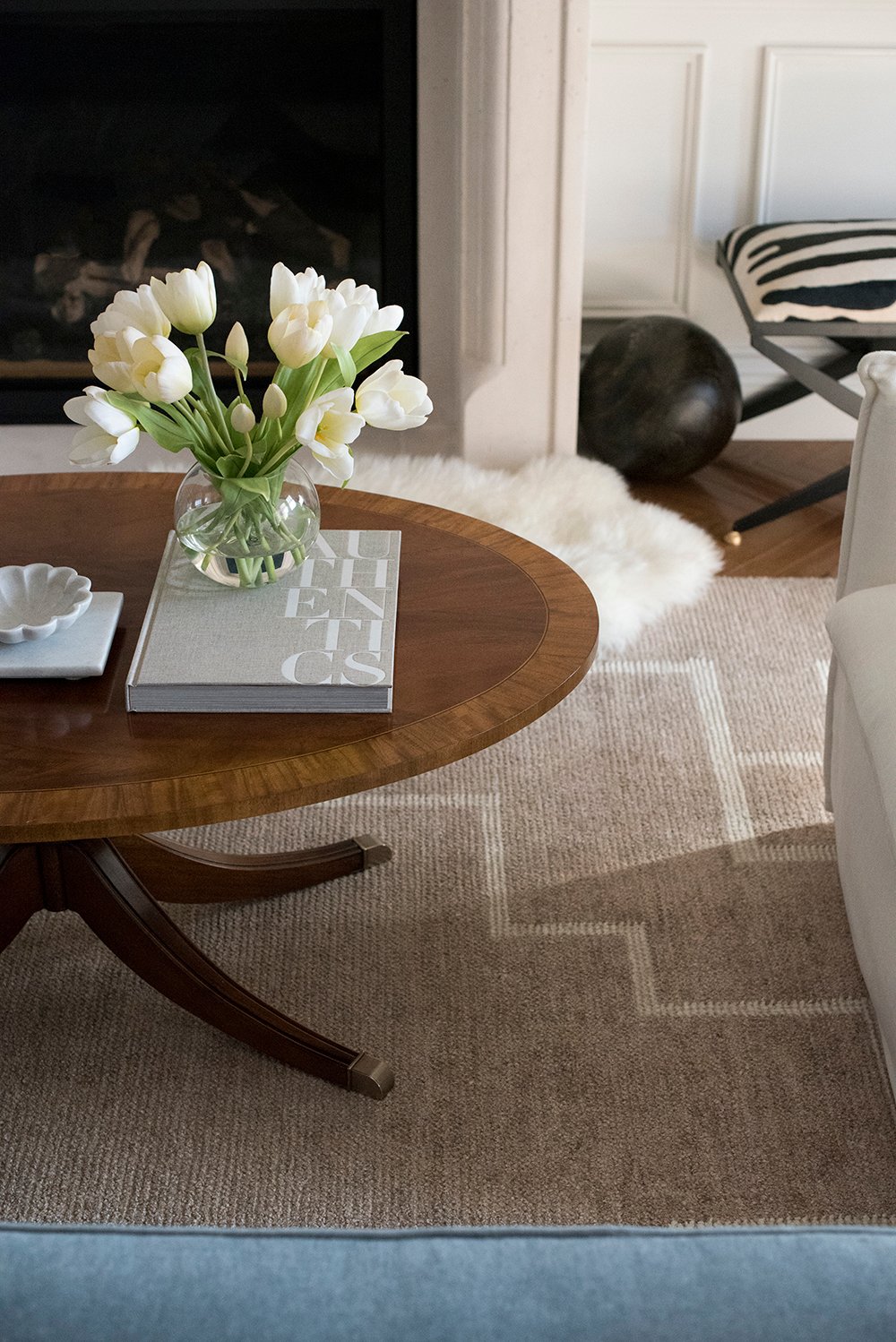
#3 // Investigate the Construction
How a piece of furniture is made is an obvious indication of the quality. For example- if a dresser is made with dovetail, mortise & tenon, or doweled joints it’s a superior product to something that is held together with staples, glue, or finishing nails. Are the drawers easy to use, smooth gliding, or soft close? That’s another great attribute!

#4 // Check the Weight
Is the piece you’re considering heavy? Heavy is generally a great thing when it comes to furniture construction- for both casegoods (like wood pieces) and upholstered furniture. If you think about pressboard or particle board in comparison to solid wood- the better material usually weighs more. The same goes for cushions… down filled cushions versus a less expensive foam- the down will always be heavier. Upholstery that has a solid frame and down cushions will be more dense than a foam sofa. Speaking of upholstery cushions…
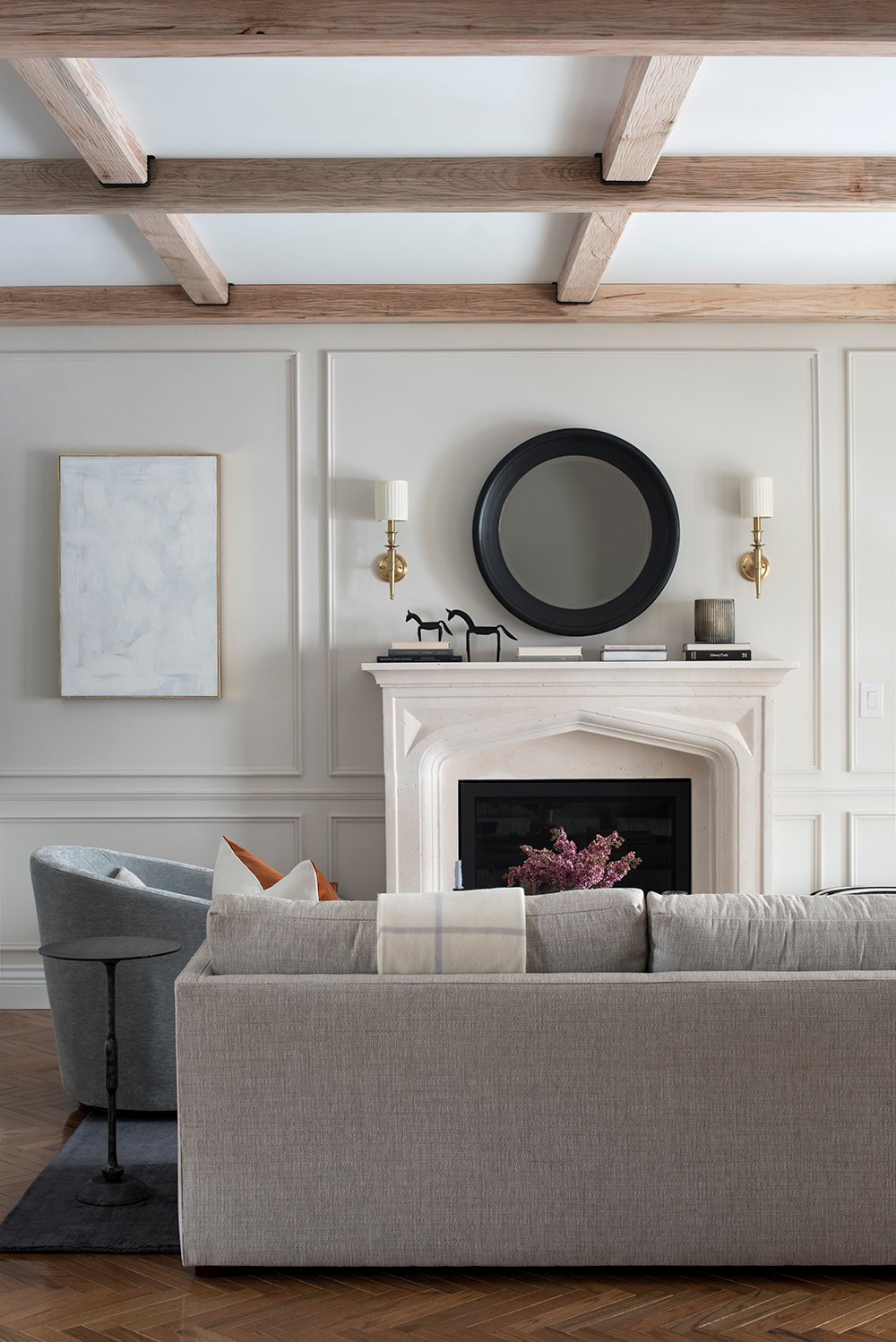
#5 // Consider the Cushion Fill
There are generally a few types of upholstery cushions: down, down wrapped, or foam. Both down and down wrapped cushions have better longevity than foam, can easily be fluffed, better maintain their shape, and are great candidates for reupholstery. Heavy, down cushions have a higher density, so again- check the weight. Lightweight cushions are most often foam or an alternative product, which means they’re lower quality and can be crushed over time. Are the cushions reversible or can they be flipped? This is another positive attribute because the sofa or chair will maintain its shape for a longer period of time, when properly cared for.

#6 // Determine the Fabric
We’ve talked about fabric selection in the past, and this step is arguably the most important as to how a piece of furniture will age. I usually look for natural materials (linen, leather, cotton, wool, etc) or performance fabrics (Cyrpton, Sunbrella, etc). Sometimes you really have to analyze the piece (or description- if you’re buying online) because it’s easy to mistake a low quality fabric for a higher quality one. For example, something advertised as a “leather sofa” may actually be constructed of bonded leather, vegan leather, or PU- which is not the same as genuine leather. Study the fabric and and try to determine what the material is.
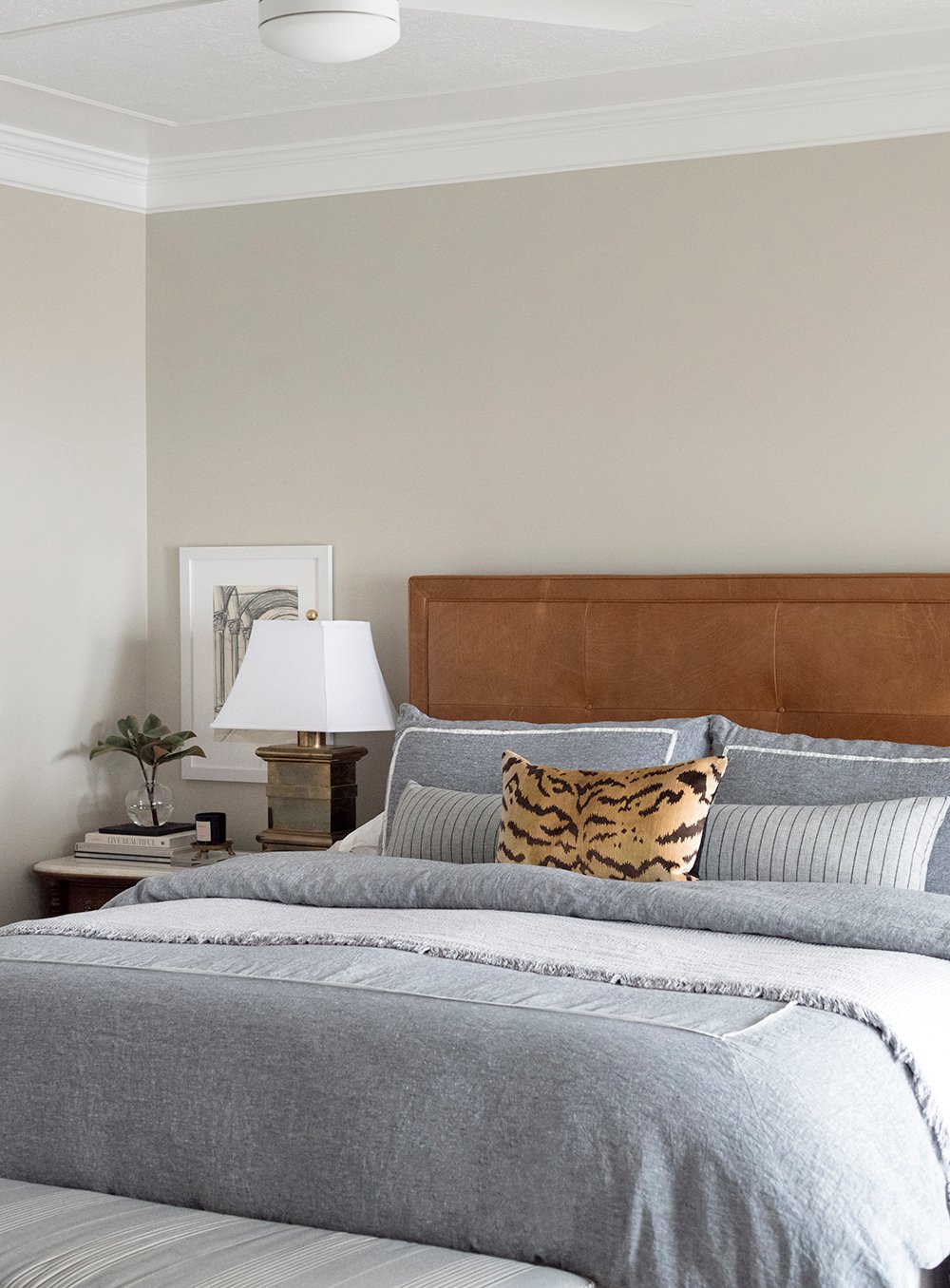
#7 // Check the Tag
This may seem obvious, but lots of info can be found on the tag. Check to see if the furniture you’re looking at has a tag. It can contain the brand name, the materials used, the location & year the piece was made, and all sorts of details that can help you make an informed purchase! I always flip cushion covers over to see if I can locate the tag, and I’ve been known to crawl under a table looking for a stamp or sticker. It’s also fun to know more about the history of a piece!
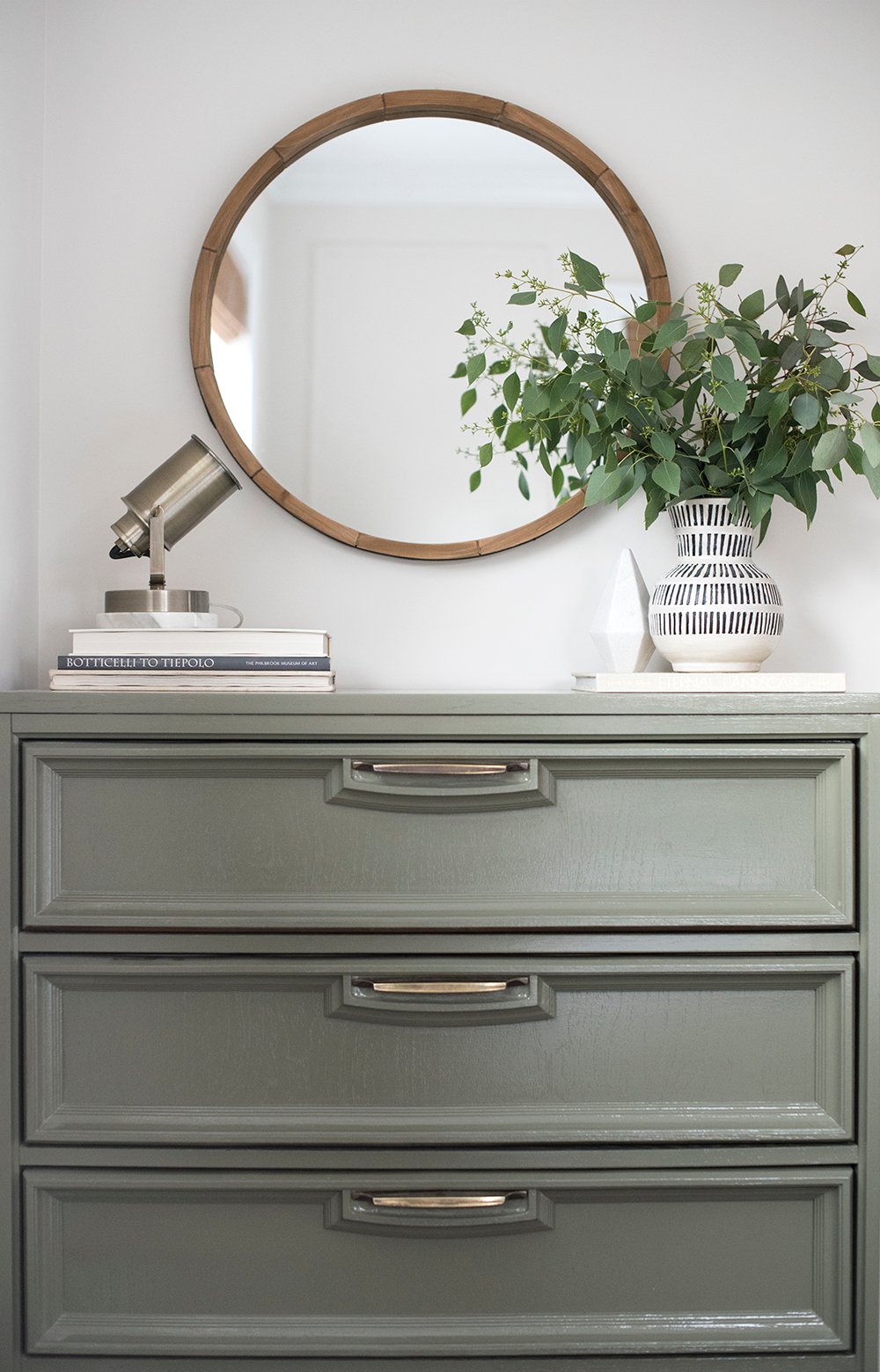
#8 // Is it Handmade?
Handmade furniture is usually a win in comparison to quickly produced, machine-made furniture. It passes through the hands of skilled tradespeople or carpenters who know what they’re doing and take their time to do it correctly. I’m very close to one of my uncles who has been building quality furniture for over 35 years in my hometown. I’ll never forget a school field trip to the furniture company where he worked- we got to witness first hand the construction of a chair from start to finish. It’s an incredible, time consuming process, that takes many talented people to complete. I think that’s honestly when I started to appreciate what goes into furniture… I understood that it wasn’t just design.

#9 // Is It Old?
I also like to determine or find the age of a piece. You know the saying, “They don’t make them like they used to” … that’s pretty accurate. Antique furniture is usually very well made, very heavy, and is constructed of quality materials. It also has history, character, and is often one-of-a-kind, so obviously taking the antique route is never a bad idea. I know we’re all vintage & antique lovers around here, so I won’t try to sell you on that idea. Haha!
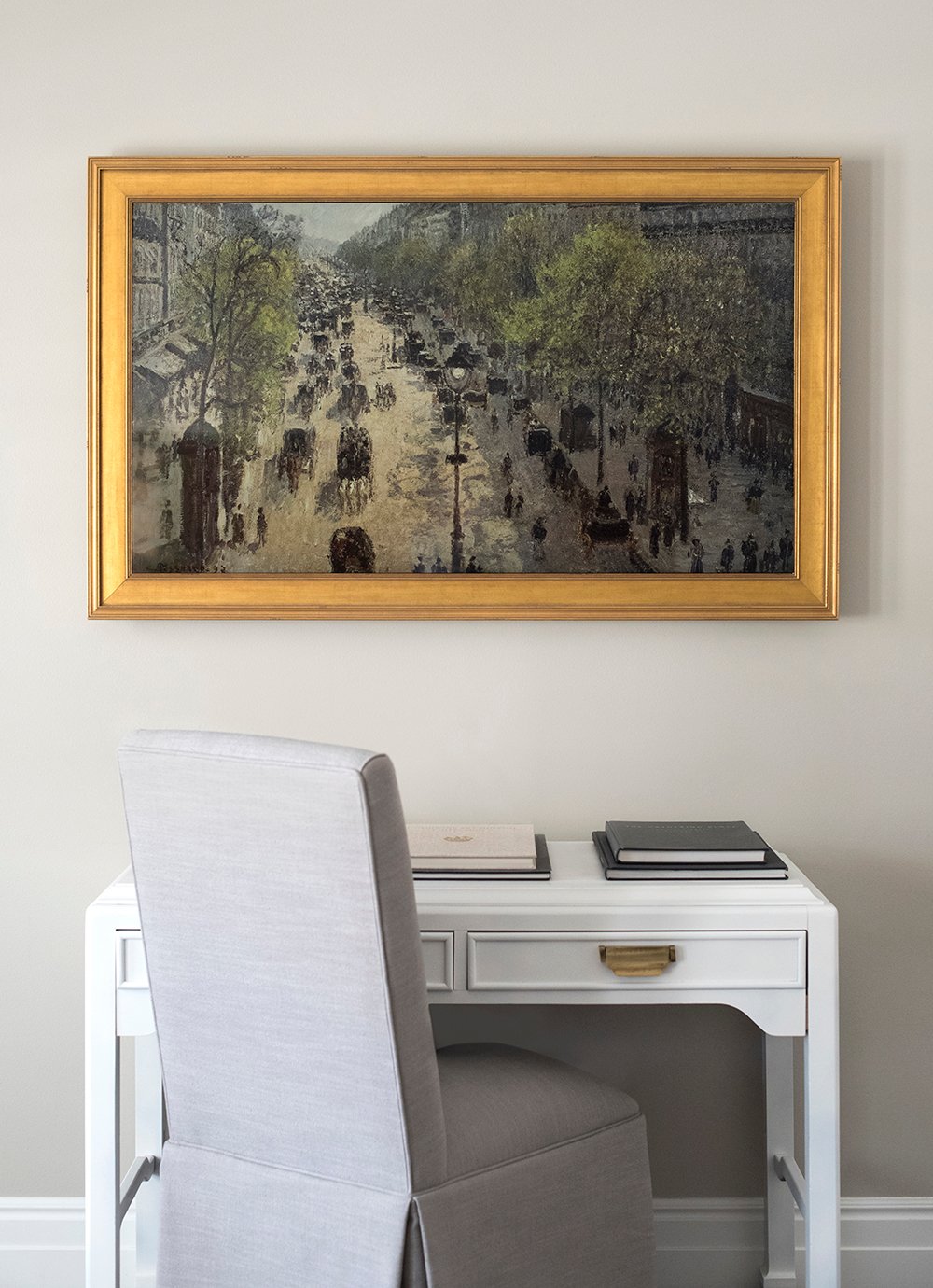
#10 // Does the Price Align?
This tip really only applies to buying new furniture, as many pieces found in thrift stores are marked low, because most don’t know the history, value, or what the item even is. I’ve come to find the higher-end furniture I buy online (here is a big list of favorite custom furniture retailers, BTW), from designers, or in showrooms is priced according to the quality or construction. For example, the daybed I just bought for my office renovation wasn’t exactly cheap, priced at $2,600. That’s a lot of money! I saved for awhile to make that one happen, but I know that it will be a worthy investment, as the frame is constructed of kiln-dried hardwood, the upholstery is Crypton (a performance fabric), and the cushions are down. I wouldn’t have paid nearly as much if the cushions were foam, the frame was plywood, and the fabric was less durable. I was able to justify my purchase knowing that when it arrives, I’m going to be happy and we’re going to have that piece in our home for years to come!
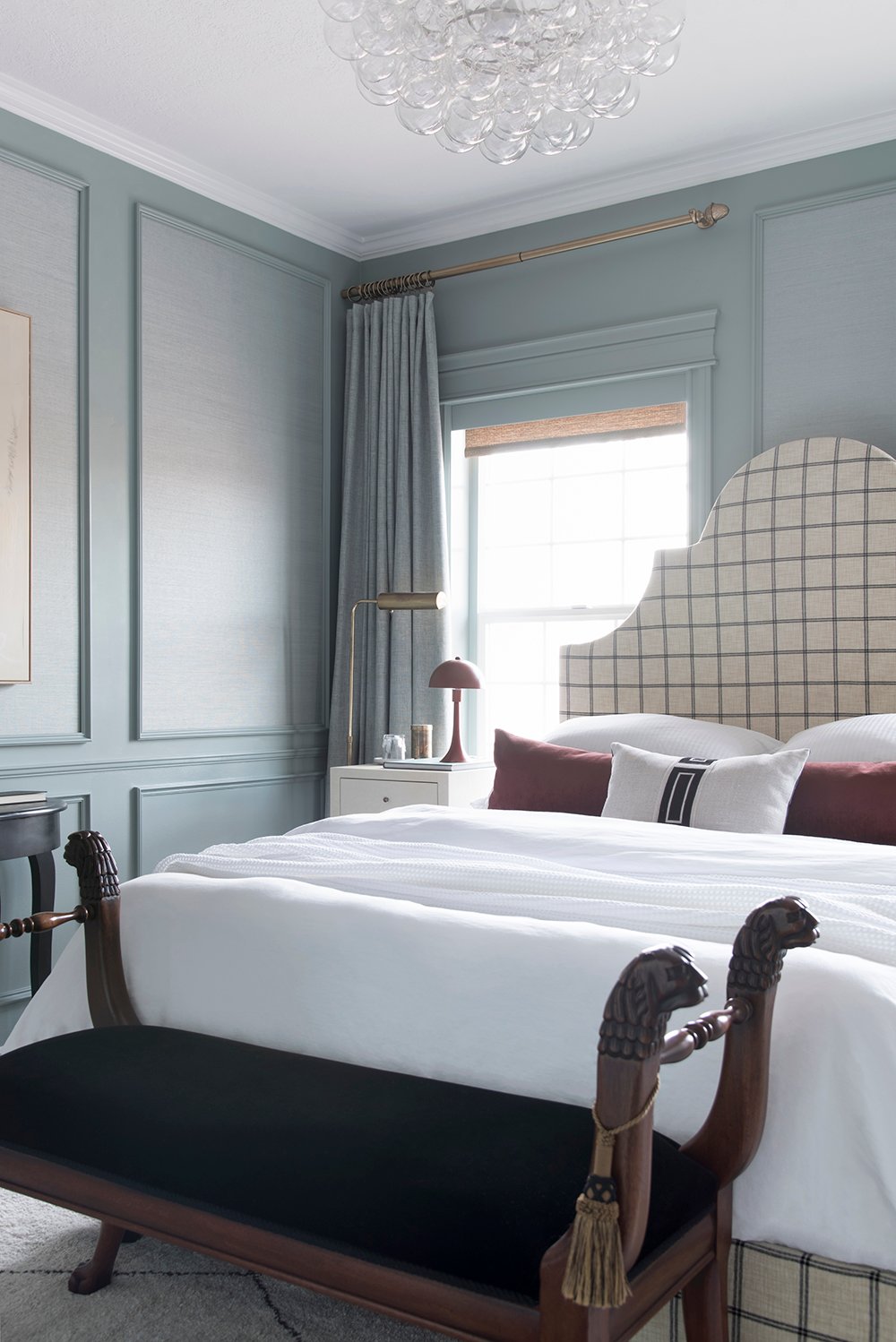 Was this post helpful? I could talk about furniture all day long. I hope that wasn’t boring! Let me know if you have any questions or bits to add. Is all of the furniture in my home high quality? Definitely not, but over the years I have tried to purchase certain pieces that make us happy, knowing they’ll last for years to come. Tomorrow, per your request- I’m sharing the story of how my grandmother and I started our pillow collection together! In fact, I just got off the phone with her and she was thrilled to hear all of your questions. I hope you’re having a great day!
Was this post helpful? I could talk about furniture all day long. I hope that wasn’t boring! Let me know if you have any questions or bits to add. Is all of the furniture in my home high quality? Definitely not, but over the years I have tried to purchase certain pieces that make us happy, knowing they’ll last for years to come. Tomorrow, per your request- I’m sharing the story of how my grandmother and I started our pillow collection together! In fact, I just got off the phone with her and she was thrilled to hear all of your questions. I hope you’re having a great day!
